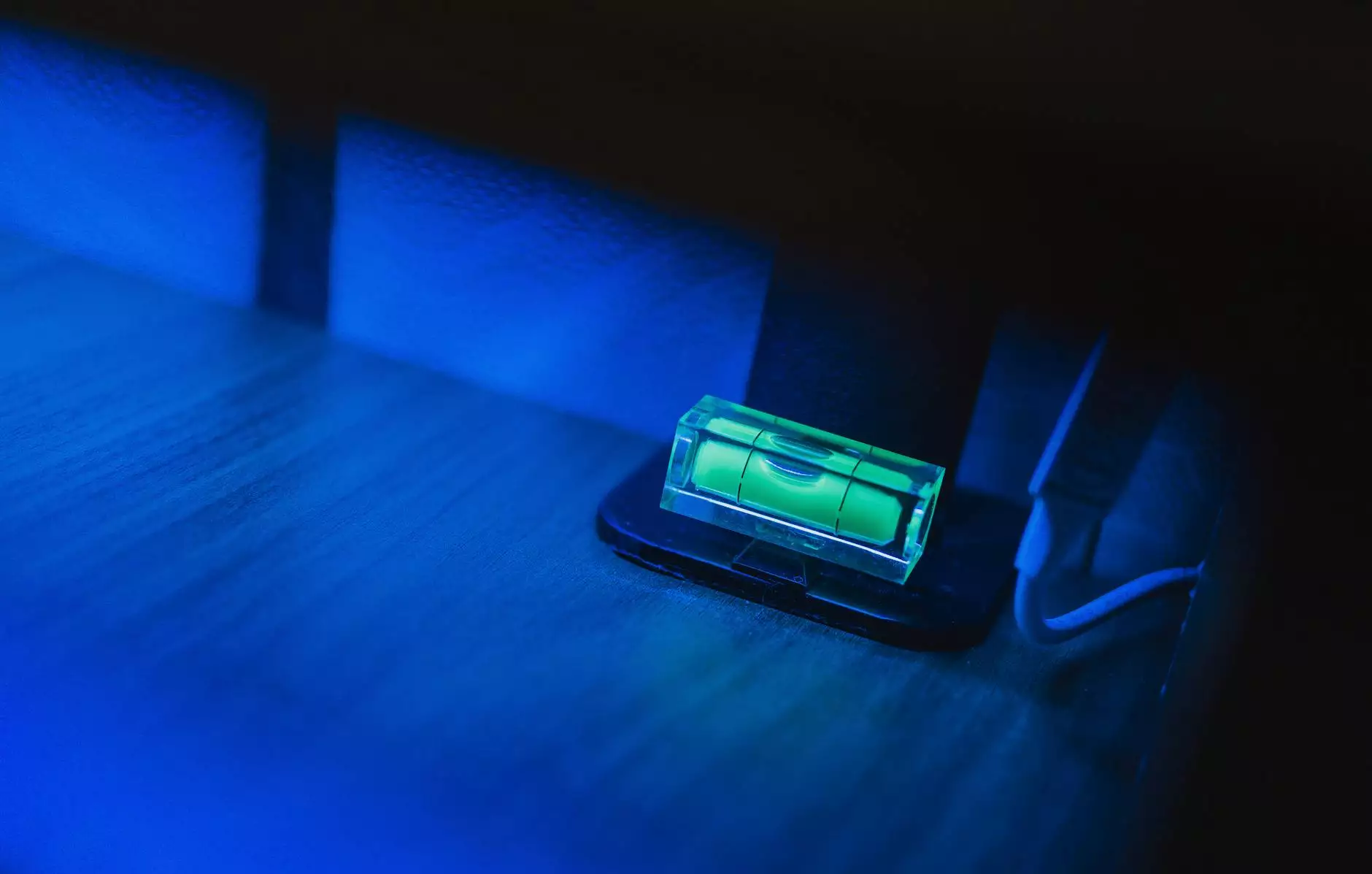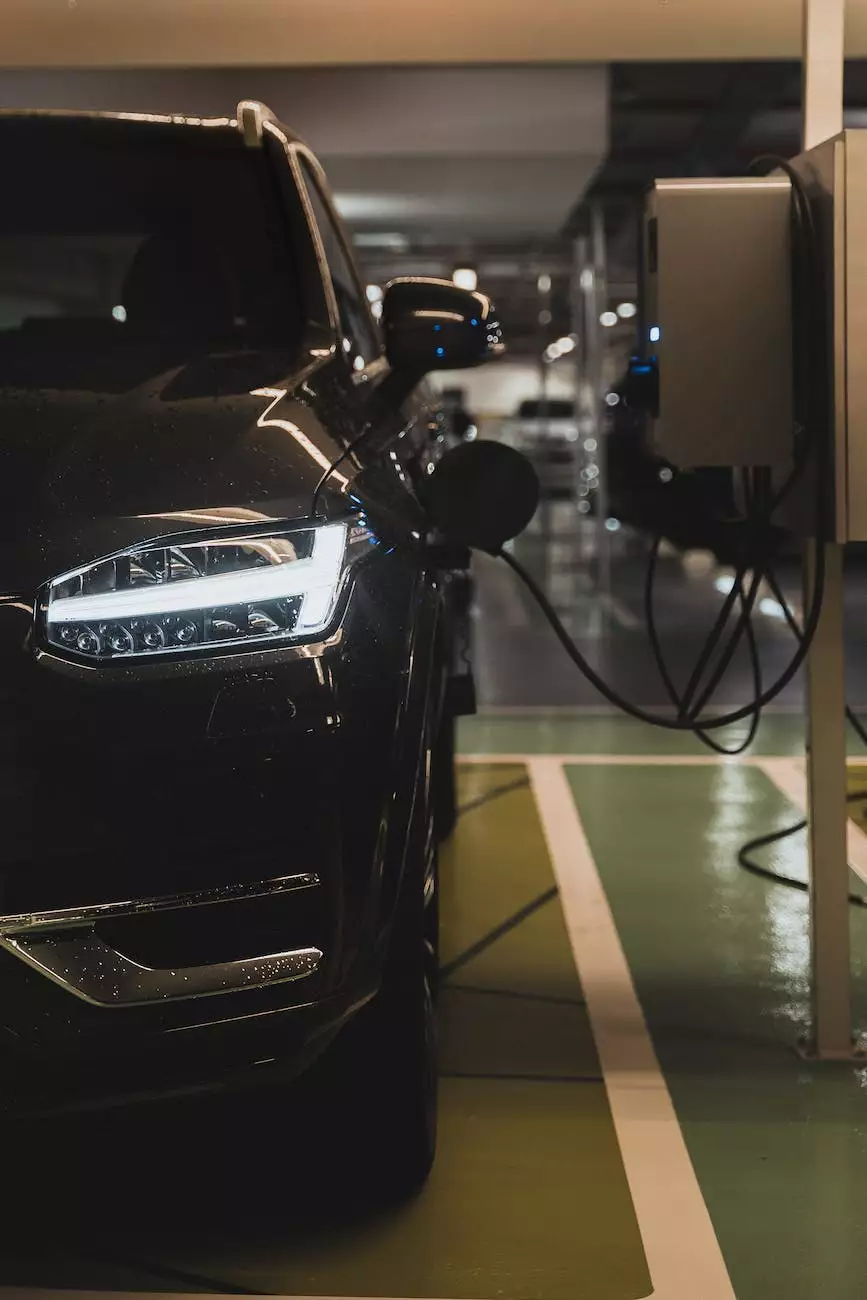Small Cell FAQ - Barrett Propane Prescott
About
What are Small Cells?
Small cells, also known as microcells, are low-power cellular radio access points that enhance wireless network coverage and capacity. These compact devices are typically installed on existing infrastructure such as utility poles, streetlights, or building rooftops. By bringing the network closer to users, small cells are crucial in delivering improved signal strength, faster data speeds, and lower latency.
How do Small Cells Work?
Small cells work by connecting to a larger macrocell network and offloading cellular traffic to relieve congestion. They use licensed or unlicensed spectrum and operate on various technologies, including 4G LTE and 5G, to provide wireless access to users within a limited geographic area. Small cells communicate with nearby macrocell towers, creating a comprehensive network that ensures seamless connectivity and improved user experiences.
What are the Benefits of Small Cells?
Small cells offer several important benefits:
- Enhanced Coverage: By expanding network coverage into areas with poor signal quality, small cells ensure that users have reliable connectivity in both urban and rural environments.
- Increased Capacity: Small cells alleviate capacity constraints by offloading cellular traffic from macrocell towers, resulting in faster and more consistent data speeds for users.
- Improved User Experience: With reduced congestion and higher network performance, small cells enable better call quality, seamless video streaming, and faster downloads.
- Support for Emerging Technologies: Small cells are critical for the future deployment of cutting-edge technologies such as Internet of Things (IoT) devices, smart cities, and autonomous vehicles, which require reliable and high-speed wireless connectivity.
Where are Small Cells Deployed?
Small cells are strategically deployed in various locations to optimize network coverage and capacity. Common deployment sites include:
- Urban Areas: To address the increased demand for connectivity, small cells are installed in urban areas with high population densities, shopping centers, stadiums, and transportation hubs.
- Rural Areas: Small cells help bridge the digital divide in rural areas where macrocell coverage is limited, providing wireless connectivity to underserved communities.
- Indoor Environments: Small cells are often deployed in large buildings such as shopping malls, airports, and office complexes to ensure optimal indoor coverage and capacity.
- Public Infrastructure: Utility poles, streetlights, and other public infrastructure are utilized to mount small cells discreetly and minimize visual impact.
What are the Potential Impacts of Small Cells?
The deployment of small cells can have various impacts, including:
- Improved Aesthetics: Small cells are designed to be visually inconspicuous, blending with the surrounding environment to minimize visual impact.
- Enhanced Connectivity: Small cells ensure improved wireless connectivity, allowing individuals to have reliable access to voice and data services, whether for personal or business purposes.
- Economic Growth: Small cells facilitate the growth of local economies by attracting businesses, supporting smart city initiatives, and enabling the adoption of emerging technologies.
- Regulatory Compliance: Small cell deployments comply with local regulations and industry standards to ensure the safety and well-being of the community.
Conclusion
Small cells play a vital role in expanding wireless network coverage, increasing capacity, and delivering enhanced user experiences. Barrett Propane Prescott understands the importance of small cell technology in today's interconnected world. With our expertise in the eCommerce & Shopping - Appliances & electronics category, we strive to provide comprehensive information and reliable solutions for your wireless communication needs. Stay connected with Barrett Propane Prescott for the latest updates and advancements in small cell technology.










